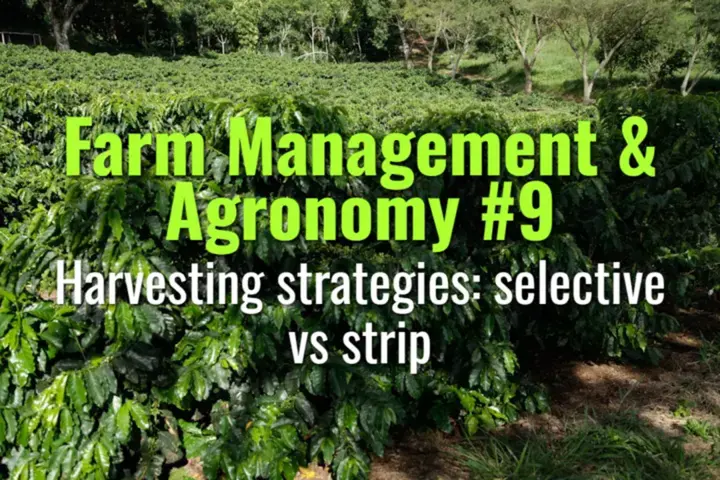
Harvesting strategies: selective vs strip
This topic explains the two main coffee harvesting strategies—selective picking and strip harvesting—highlighting their methods, advantages, disadvantages, and impact on quality and yield.

This topic explains the two main coffee harvesting strategies—selective picking and strip harvesting—highlighting their methods, advantages, disadvantages, and impact on quality and yield.
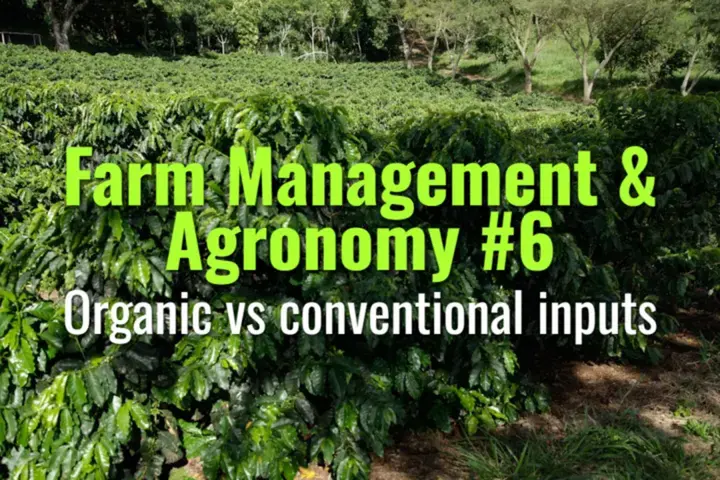
This topic compares organic and conventional farming inputs in coffee production, examining their benefits, limitations, and roles in sustainability and cup quality.
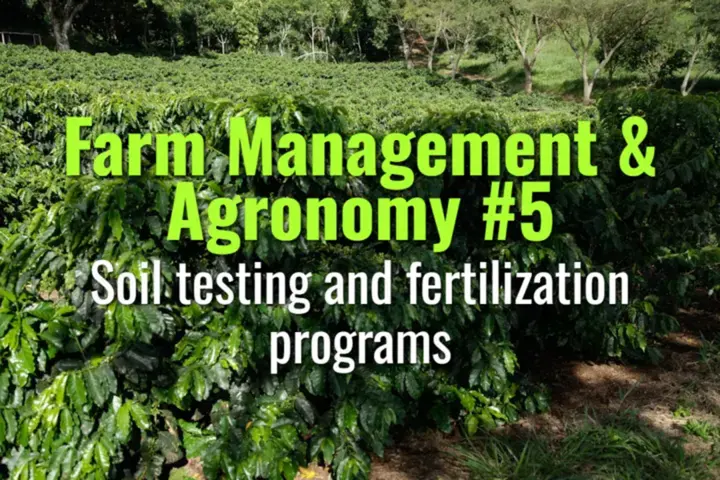
This topic explains the role of soil testing in coffee farming, how fertilization programs are designed, and why balanced nutrient management is essential for productivity and quality.
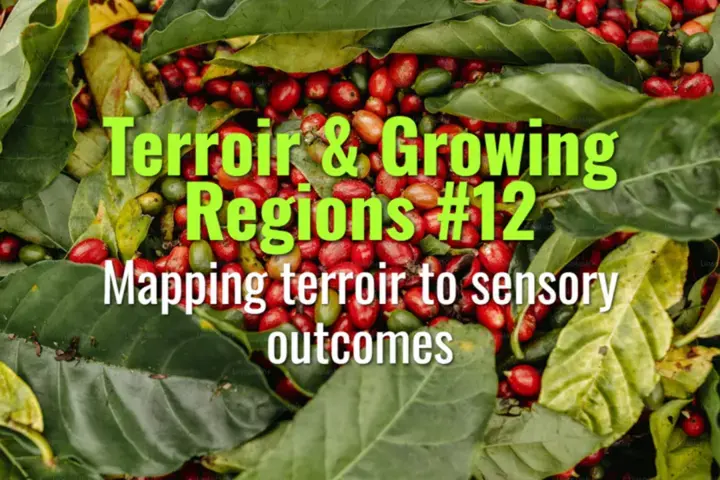
This topic explains how terroir factors such as soil, altitude, climate, and farming practices translate into sensory outcomes in the cup, and how these links are mapped and understood by producers, roasters, and consumers.
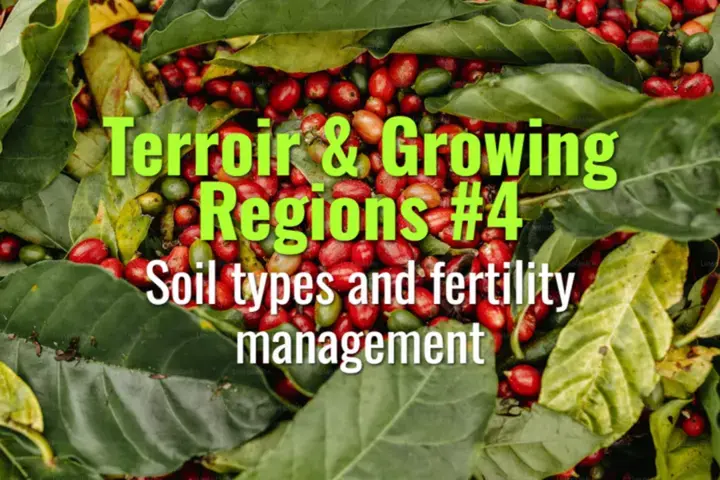
This topic explores the main soil types suitable for coffee cultivation, how soil fertility influences plant health and cup quality, and the management practices farmers use to sustain productive soils.
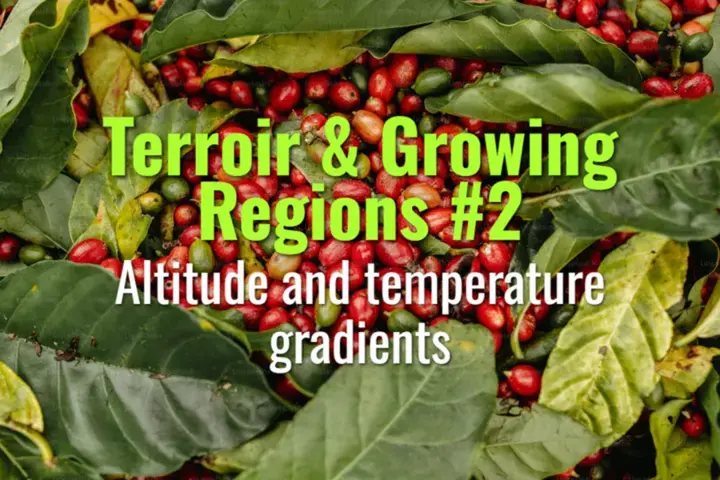
This topic explains how altitude and temperature gradients shape coffee growth, yield, and flavor, and why these environmental factors are crucial to terroir and quality expression.